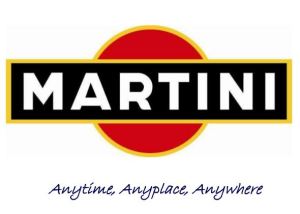
There’s been an interesting debate in the TEL-Team this week over online communication. It’s set me thinking about information overload and how many channels we can be expected to simultaneously manage. This led to thoughts around digital capabilities. It didn’t take long to conclude reluctance to adopt new ways of working is not necessarily a matter of digital confidence. It’s about choice and consequence.

We’re expected to manage work loads. This involves making choices about when and where to communicate online. The ubiquity of email makes it a hard act to follow. We complain about volume but most of us have devised methods to cope.

Any alternative doesn’t take the place of email. It sits alongside it, doubling the need for checking, reflecting and response and represents additional workload. When it came to adopting additional social media for internal communications, the TEL Team responded in different ways. If we apply the Residents and Visitors analogy, some were residentials, slotting the new channel alongside existing ones while others adopted a visitor approach, using it as and where necessary. Others were reluctant to use it at all. This reaffirms how digital engagement is ultimately about choice.

Social media is the epitome of the internet effect. Like the Martini add, wet. We can be connected to anyone – anytime – anywhere – but only if they are also part of the digital shift. It’s easy to make assumptions about engagement but ultimately we make choices about what works best for us. Decisions are based on assessment of investment versus payoffs. If the initial expense offers what seems like poor returns then adoption is unlikely to take place. For new ways of team working to be effective, they have to be meaningful. Without personal reward, change is unlikely to last beyond initial trial and taste.

So where does that leave us now? I think it may give insight into the wider issues around digital adoption. The TEL Team are a talented group of people with individual specialisms and expertise. We’re all comfortable with being online but still choose to engage in different ways. So if eight digital professionals can demonstrate such disparate responses to adopting a new communication channel, what does this tell us about VLE adoption across a large university campus? Is reluctance more about digital overload than digital resistance? What are the consequences of choosing not to change? The answers to some of the bigger questions around digital capabilities may be closer to home than we realise.
—————————————————————————————-



